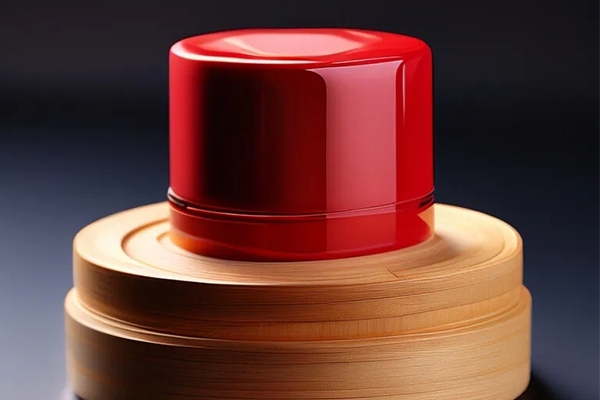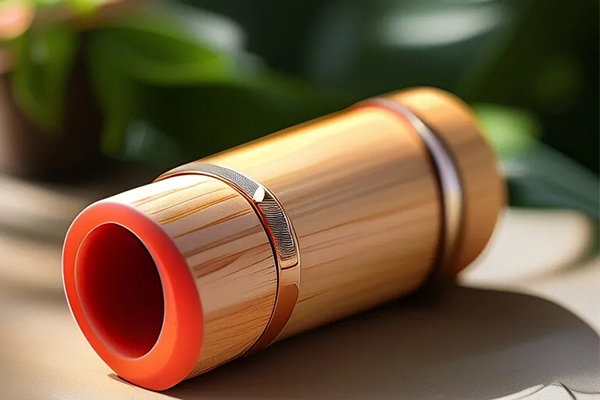Amidst the global surge in beauty consumption, the cosmetics industry faces mounting challenges related to waste, particularly with regard to plastic microplastic pollution and the difficulty in recycling traditional composite packaging materials. In response to this pressing reality, stakeholders within and beyond the industry are advocating for and exploring more eco-friendly, circular packaging solutions aimed at reducing environmental impact and advancing genuine sustainability. This article delves into cosmetics packaging waste management, examining the role of biodegradable packaging, successful closed-loop system case studies, and how our factory is actively contributing to the creation of a circular economy model within the cosmetics sector through the development of easily disassemblable, renewable-designed bamboo packaging products.
Waste Challenges & the Role of Biodegradable Packaging
Cosmetics packaging, especially plastic packaging, characterized by its short lifespan and resistance to degradation, constitutes a significant source of environmental pollution. Microplastics—both intentionally added plastic microbeads and those generated through the wear and tear of packaging materials—pose threats to terrestrial ecosystems and are a major component of marine pollution. Moreover, composite packaging materials, due to their complex composition, often evade effective processing through conventional recycling streams, leading to substantial resource waste and environmental harm.
In this context, biodegradable packaging is increasingly gaining traction. Such packaging, upon fulfilling its purpose of containing and protecting products, can be broken down by microorganisms in specific environments (e.g., home composting, industrial composting, or anaerobic digestion facilities) into harmless substances, thereby reintegrating into the natural cycle. Biodegradation pathways offer an alternative disposal route for cosmetic packaging waste, helping to reduce landfilling, lower greenhouse gas emissions, and mitigate plastic microplastic contamination of soils and water bodies, particularly in addressing ocean plastic pollution.
Closed-Loop System Case Studies & Consumer Engagement
Effective waste management is inseparable from innovative recycling mechanisms and active consumer participation. Many brands have launched consumer recycling programs, establishing in-store collection points, offering mail-back services, or even instituting “bottle return rewards” schemes to incentivize consumers to return used packaging. These initiatives not only boost packaging recovery rates but also reinforce consumers' awareness of their environmental responsibilities, fostering a positive feedback loop.
Packaging reusability design is another pivotal aspect of achieving circularity. Some brands employ modular designs that allow packaging components to be easily dismantled, cleaned, and reused, or conceive packages as upgradable or convertible, prolonging their lifespan. Concurrently, advancements in material separation and recycling technologies continually break new ground, enabling efficient separation and individual reuse of different materials within composite packaging, significantly boosting resource efficiency.
Our Practice: Developing Bamboo Packaging Products
In this transformative wave, our factory is actively engaged in the research and development of easily disassemblable, renewable-designed bamboo packaging products. Bamboo, as a rapidly renewable natural resource with strength and aesthetics comparable to conventional plastics and wood, offers excellent biodegradability. Our product design takes into account the entire lifecycle:
1.Source Reduction: Through optimized structural design, we minimize unnecessary material usage and opt for low-energy, low-carbon-emission production processes.
2.Ease of Disassembly & Recycling: We ensure that packaging components are interconnected simply and separable, allowing consumers to effortlessly dismantle them after use, facilitating subsequent sorting and recycling.
3.Renewable Design: Bamboo packaging, at the end of its useful life, can enter the biomass energy supply chain or directly return to the soil, realizing a fully closed lifecycle loop.
4.Consumer Education: We guide consumers on proper recycling methods and the value of biodegradable packaging through product labeling, social media campaigns, and other means, galvanizing their involvement in waste management.
Implementing cosmetics packaging waste management and circular economy strategies requires concerted efforts from all industry players, encompassing innovation across the entire value chain—from product design, production, consumption to recycling. By promoting biodegradable packaging, establishing effective closed-loop systems, and developing renewable material-based packaging products like those made from bamboo, we stand to overcome cosmetics waste issues and propel the cosmetics industry towards genuine integration with green, circular economic currents.



Post time: Apr-10-2024



